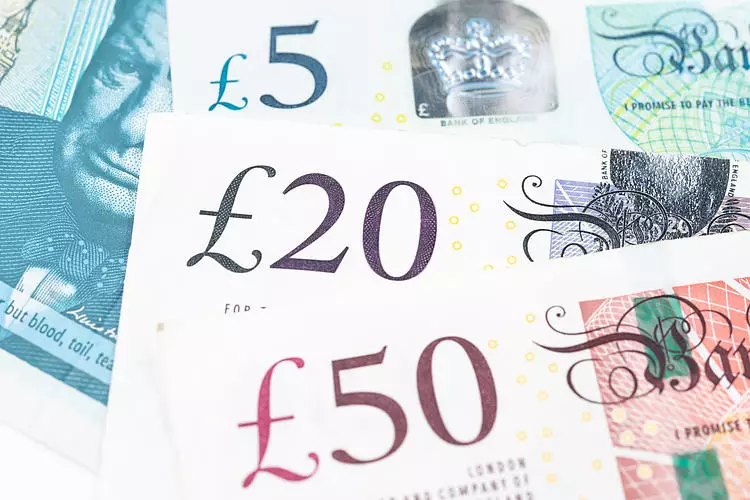The Pound Sterling is showcasing a minor recovery after experiencing a significant dip over the past few weeks. However, despite this recent uptick, it is poised to record its fourth consecutive weekly loss against the US dollar. The world’s financial markets, particularly in the UK, are navigating a complex landscape shaped by various economic indicators, commentary from influential figures, and overarching geopolitical developments. Specifically, comments from Bank of England (BoE) Monetary Policy Committee member Catherine Mann have influenced market perceptions regarding the trajectory of interest rates and inflation in the nation.
Mann’s assessments during her recent appearances, notably at the International Monetary Fund (IMF) meetings, reveal a clear concern regarding the current state of inflation, especially in the services sector. Although the inflation rate for services has dipped below 5%, Mann was adamant in her stance that there is a substantial distance to cover before reaching the BoE’s ideal target of 2%. Her repetitive warnings about the need for additional declines illustrate a cautious approach toward the anticipated cuts in interest rates—despite traders seemingly increasing their bets on imminent reductions.
Mounting tensions attributed to inflation persistence have led Mann to emphasize that premature rate cuts would not be prudent. She pointed to a “structural persistence” linking wages and price metrics, suggesting that any aggressive monetary easing could undermine efforts to stabilize inflationary pressures. This perspective stands in stark contrast to market expectations, which are increasingly leaning towards further BoE rate cuts in the near future, particularly in November.
The economic backdrop found support from the flash United Kingdom S&P Global/CIPS Purchasing Managers Index (PMI) report, reflecting continued, albeit slowing, growth in business activities throughout October. The report indicated that while the service and manufacturing sectors are expanding, the pace of growth appears to be waning. Notably, this UK performance remains comparatively better than rival economies such as the US and the Eurozone, where contraction in the manufacturing sector is evident.
Such developments bring into question the sustainability of the Pound’s recent climb upward, currently hovering near the psychological level of 1.3000 against the US dollar. The currency has reacted positively to buying interest discovered near significant technical levels, specifically around 1.2900. However, indicators reveal that traders remain cautiously optimistic, particularly as the currency trades below its 50-day Exponential Moving Average (EMA) of 1.3070, signaling ongoing uncertainty about its near-term trajectory.
Despite the recent rebound, traders must tread carefully as the Pound Sterling’s continued trading below critical resistance levels suggests persistent bearish market sentiment. The 14-day Relative Strength Index (RSI) indicates bearish momentum as it languishes below the important threshold of 40.00. Analysts are closely monitoring the potential support area at the 200-day EMA near 1.2845, which will be crucial for bullish prospects if the currency falters further.
In parallel, should the Pound manage to break through resistance near the 20-day EMA around 1.3060, it may pave the way for a more sustained recovery, countering the bearish narrative that has dominated recent weeks.
The outlook for the Pound Sterling continues to hinge on a melange of internal economic factors and broader geopolitical scenarios, including the looming stakes of the upcoming US presidential election. The fluctuating winds of political sentiment, particularly surrounding figures like Donald Trump, can create ripples in currency movements, potentially impacting market dynamics globally.
Thus, the British currency finds itself at a crossroads, grappling with external influences, inflationary concerns, and critical data releases. As stakeholders await clarity from the BoE and further insights from economic recovery indicators, the Pound’s path forward will likely reflect the intricate balance between caution and opportunism in the face of both domestic and international uncertainty. The days ahead will be critical in determining whether this recovery represents the beginning of a more favorable trend for the Pound or simply a transient rally amidst ongoing challenges.

